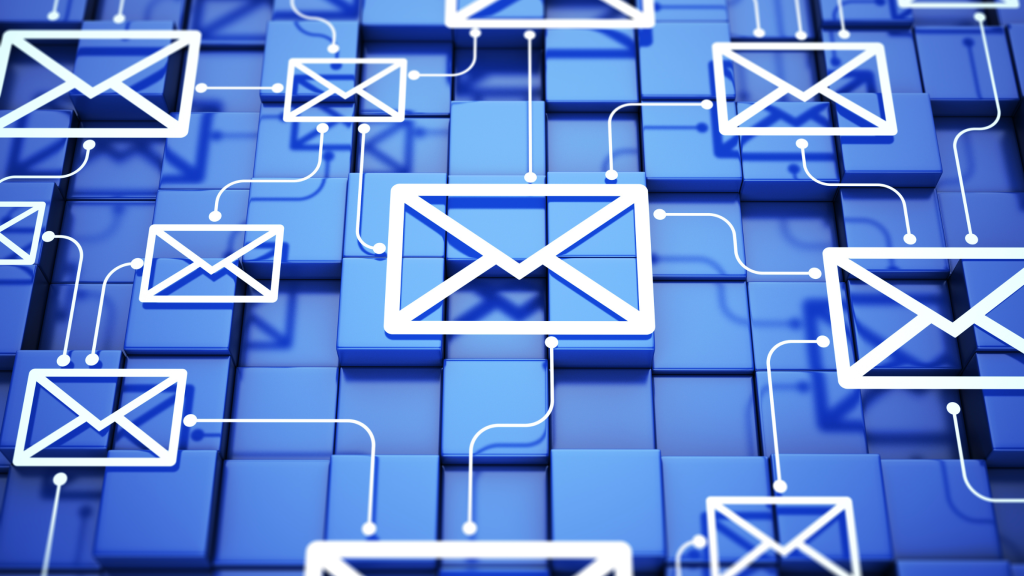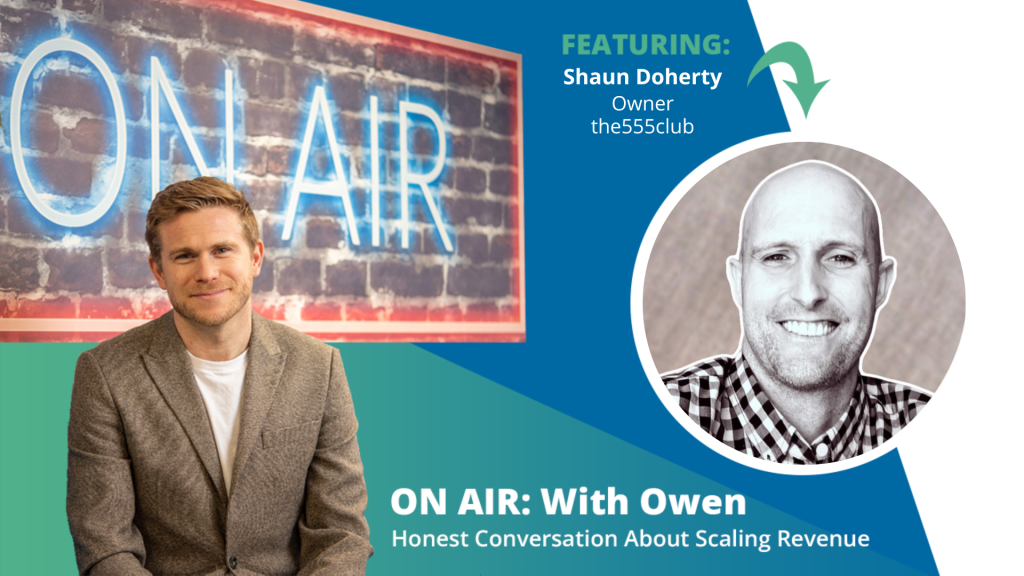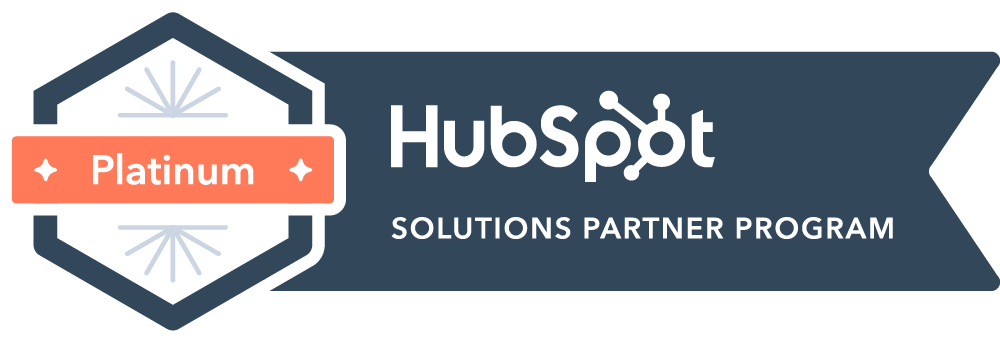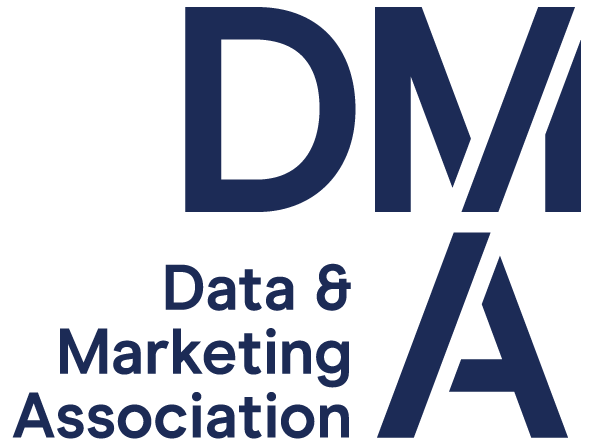As a marketer, you’re always on the lookout for new ways to connect with your target audience and drive results. One strategy that has proven to be highly effective is using first-party email data. In this article, we’ll explore what first-party email data is, why it’s valuable, and how you can use it to improve your marketing strategy.
What is First-Party Email Data?
First-party email data refers to the information that you collect from your own customers and prospects, such as their email addresses, names, and other demographic or behavioural data. This data is collected through a variety of channels, such as your website, social media, and online/in-store purchases.
Why is First-Party Email Data Valuable?
There are several reasons why first-party email data is valuable for marketers:
Targeted Messaging: First-party email data allows you to create highly targeted and personalised messaging for your audience. By knowing more about their demographics, behaviours, and preferences, you can tailor your messages to their specific needs and interests.
Improved ROI: Because you’re targeting a highly specific audience with your messages, you’re likely to see improved ROI on your marketing efforts. You’ll be reaching people who are more likely to be interested in your products or services, which can lead to higher conversion rates.
Deeper Insights: First-party email data provides deeper insights into your audience and their behaviours. By analysing this data, you can identify trends, preferences, and areas of opportunity for your business.
How to Use First-Party Email Data in Your Marketing Strategy
Now that you understand the value of first-party email data, let’s explore how you can use it to improve your marketing strategy:
Segment Your Audience: Use your first-party email data to segment your audience into specific groups based on demographics, behaviours, and interests. This will allow you to create targeted messaging that resonates with each group.
Personalise Your Messages: Use the data you’ve collected to personalise your email messages for each recipient. Address them by name, use their past purchase history to recommend similar products, and offer promotions that are tailored to their interests.
Optimise Your Timing: Use your first-party email data to identify the best times to send your messages. Analyse the data to see when your audience is most likely to open and engage with your emails, and adjust your send times accordingly.
Test and Refine: Continuously test and refine your messaging and tactics based on the data you collect. Experiment with different subject lines, calls-to-action, and messaging to see what resonates best with your audience.
Conclusion
Using first-party email data is a highly effective way to improve your marketing strategy. By collecting and analysing data about your own customers and prospects, you can create highly targeted and personalised messaging that resonates with your audience. Use the tips outlined in this article to optimise your strategy and see improved results from your email marketing efforts.
Opinion piece by James Ollerhead, Senior Marketing Executive at Air Marketing








